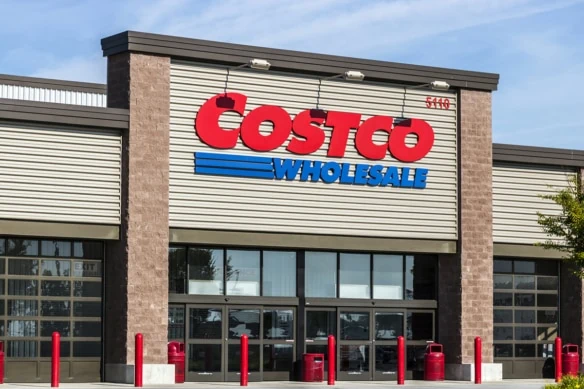Costco is a membership warehouse club whose mission statement says it all: “to continually provide our members with quality goods and services at the lowest possible prices.”
To outsiders, certain aspects of Costco might seem a little annoying. You have to purchase a membership. You can’t use certain brands of credit cards. You have to show your receipt on the way out.
Once you’re in, however, you tend to enjoy what you’re getting. A 2023 Axios Harris Poll found that Costco was found to have the second-best brand reputation, behind only Patagonia. Maybe it’s the $1.50 hot dog and soda combo. Maybe it’s the free samples. Maybe it’s the quality of Costco’s Kirkland Signature brands. Though most likely is that it’s all of these things combined with the warehouse club’s deep savings.
Table of Contents
How Does Costco Keep Prices Low?
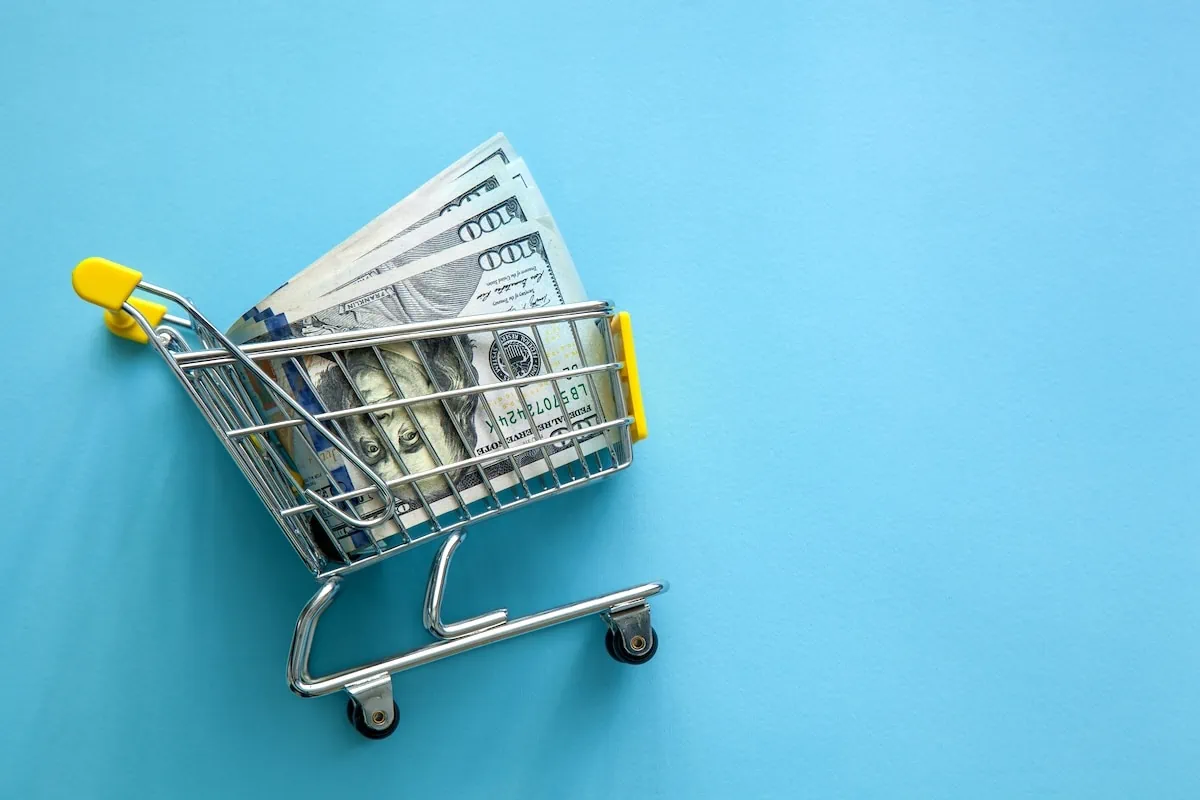
Costco keeps prices low in a number of ways. Membership fees help counter at least some of those prices. The company barely advertises. Its Kirkland brand offers good product at even lower prices. Rather than having endless options, the chain does a lot of curation and offers fewer choices. For instance: Whereas most supermarkets have around 30,000 stock keeping units (SKUs), Costco warehouses usually have only 4,000 or so. That means there might only be one, maybe two brands for most product categories, meaning little or even no in-store competition for the suppliers who do get chosen. This dynamic helps give Costco its self-described “tremendous buying power.”
But another way Costco keeps prices low is by selling bulk items—whether that’s a greater number of units, or just larger bottling/packaging. And that’s where some consumers can start running into problems.
While Costco is known for offering many high-quality products at a lower cost, that doesn’t necessarily mean it’s optimal for all of your shopping needs. Grab a pen and paper, then keep reading as I highlight several items you should cross off your Costco shopping list.
Featured Financial Products
Skip Buying These Products From Costco
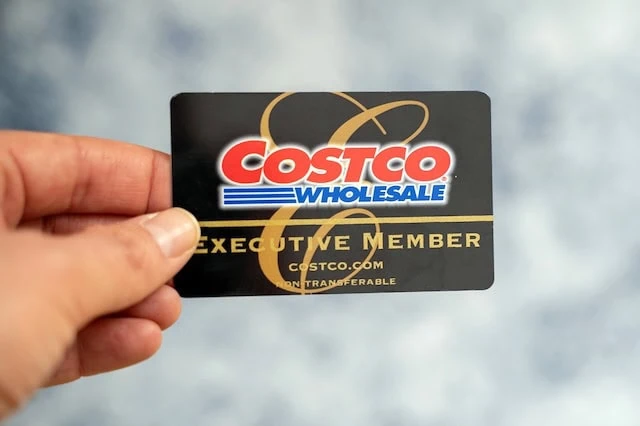
While Costco might completely live up to the hype, it’s important to understand that it’s not necessarily a one-stop shop for all consumers. Many of Costco’s products don’t work well as bulk purchases; others simply might not offer the cheapest price.
Importantly, this list is primarily meant for people buying for themselves or a small family. If you have a large family, or are buying goods for a business or organization, purchasing many (but not all) of these items from Costco might make a lot more sense.
1. Ground Spices + Herbs
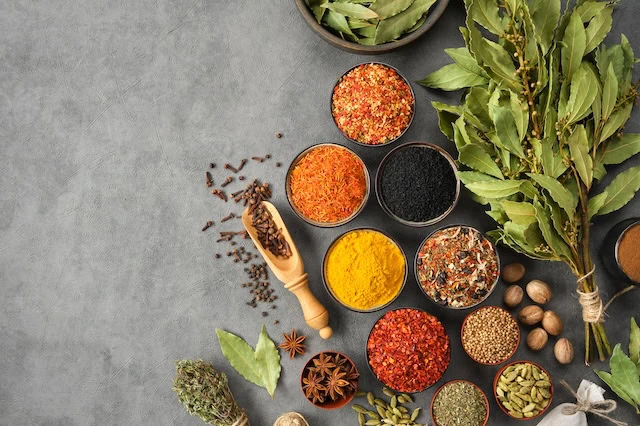
It took me far too long in adulthood to realize how quickly spices and herbs lose potency. If your cooking just doesn’t have the oomph you’re trying to achieve, weak spices could be your issue. According to the Food Network, ground spices lose their freshness in under six months; Bon Appétit says you shouldn’t keep ground spices for more than three months.
Now think about how long that ground rosemary or thyme has been sitting in your cabinet. Has it been a few months … or is it more like a year (or more)?
That five-pound bag of paprika (or even the 35-pound container!) from Costco might have an incredible per-ounce price, but unless you’re cooking for your entire town every day, it’s likely to taste pretty dull by the time you reach the bottom. So rather than buying your flavorings in bulk at Costco, consider purchasing smaller quantities at your local grocery store to ensure everything you cook is full of flavor.
2. Salad Kits
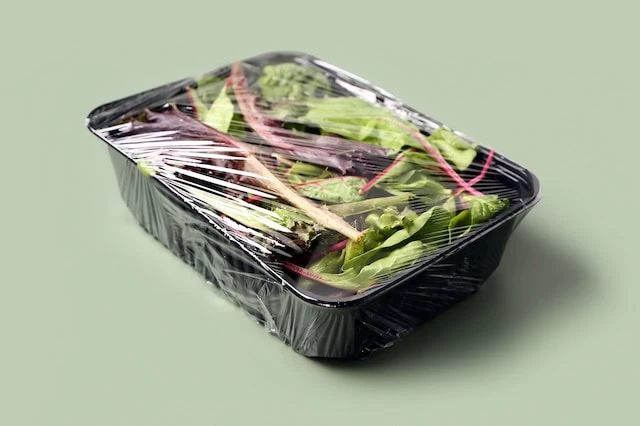
I go through several bags of salad kits, by myself, every week. It’s surprising my skin hasn’t turned green from all of the leafy goodness yet. But I wouldn’t spend money on salad kits from Costco because they tend to be more expensive than competitors.
The following is a sample of the salad bag prices at a Costco near me:
— Organic Mediterranean Salad Kit (2 count, 12 ounces): $8.99
— Thai Chili Mango Salad Kit (2 count, 12.25 ounces): $7.99
— Green Goddess Salad Kit (2 count, 12.75 ounces): $8.99
For my salad kits, I turn to Target or Aldi, both of which have more affordable options. Target’s salad kits cost $3.99 per bag across the board, and depending on which type you choose, you get between $11.25 ounces and 13.85 ounces. Aldi’s salad kits are cheaper than both. This chain’s various salads cost the same price, even if some are bigger than others; for $2.99, I can get any salad kit I want, and they range from around 9.5 ounces to 12 ounces.
Also, Target and Aldi are better choices for anyone who doesn’t inhale greens as quickly as I do and worries they wouldn’t eat the second bag before it goes bad.
Related: Consumers Should Avoid These 10 Products at Walmart
3. Olive Oil
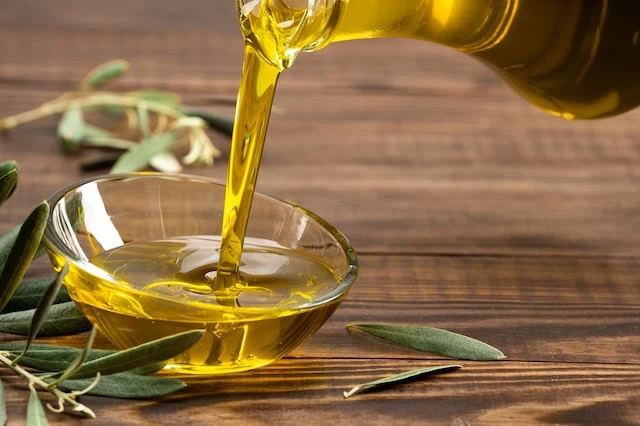
Olive oil is both healthy and flavorful. I always keep some on hand. Unfortunately, once opened, the flavor quality starts to decline fairly quickly. The North American Olive Oil Association states, once opened, you should use olive oil within three months. (Though, the NAOOA adds “it will last longer if you store it in a cool, dark cupboard with a tightly sealed cap.”)
But that’s slower than what Costco’s best-by dates would suggest. On a recent Costco trip, I saw them selling Kirkland Signature 2-liter bottles of olive oil with a best-by date of only three weeks later.
That’s a pretty big bottle in not a lot of time.
Yes, the Mediterranean diet is healthy, but that much olive oil may be taking it a bit too far. For olive oil, you might want to purchase a smaller bottle elsewhere so you can use it all while it’s still at its peak taste.
Related: 7 Best Wealth + Net Worth Tracker Apps [View All Your Assets]
4. Junk Food
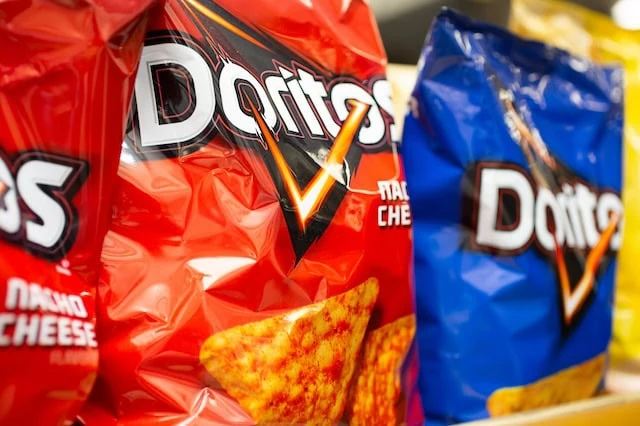
It’s a common strategy among people trying to lose weight to not keep much, if any, junk food at home.
Pretend you’re grocery shopping on a Friday after work. It has been a rough week. You decide you deserve a little treat.
Well, there’s no such thing as “little” at Costco.
I recently bought a box of 18 small bags of chips at Target when it was heavily discounted. I figured I rarely eat chips, but it’d be nice to have them on hand. However, now that I have them, I find myself eating chips much more often than I usually do.
Had I been at Costco, my options would’ve only been bigger—Costco sells 30-count boxes of chips.
Again, if you’re buying for a family with several kids, and you have the storage space, it makes a lot more sense. But if you’re buying for one or two people, you don’t have much room to spare, and/or you’re trying to limit your intake, avoid buying them at Costco. It’s a great deal for your wallet, but a terrible one for your waistline.
Related: Stop Shrinkflation! 10 Products Affected + Tips to Save Money
Featured Financial Products
5. Flour
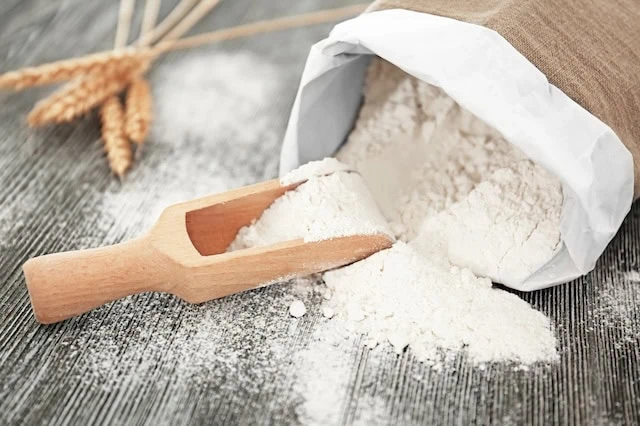
Do you bake so much that you should be on The Great British Bake Off? Then you’re probably fine buying your flour at Costco. But if you just make the very occasional batch of cupcakes for birthday parties, a bag of flour from Costco—which will be 10 pounds at a minimum—might very well expire before you can finish using it.
How you store flour will affect its shelf life. According to Healthline, all-purpose flour stored at room temperature lasts only six to eight months. If you can spare precious refrigerator space, that can be extended to a year. If you have room in the freezer, you can stretch it to two years.
But besides a possible space issue, there are other downsides to keeping flour cold. Flour stored in the fridge needs to be put in an airtight container to avoid moisture and prevent mold. Frozen or refrigerated flour should reach room temperature before you use it or it can be lumpy.
Overall, most people might be better off just buying a more reasonably sized bag of flour at a different store.
Related: How to Save Money on Groceries: 12 Commonsense Tips
6. Fresh Produce
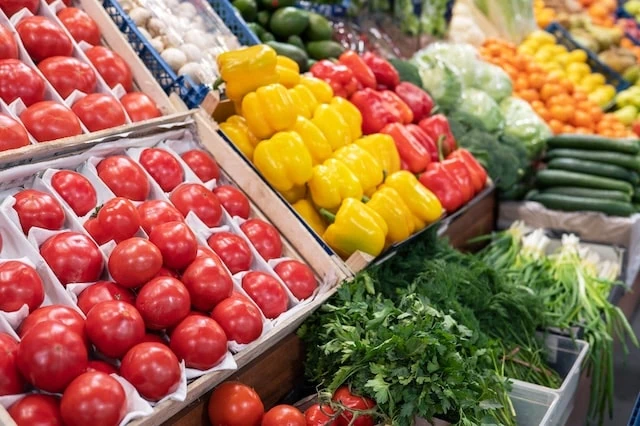
As a true Millennial, I love avocados. But I don’t like that the window in which they’re ripe but not rotten is so short. And while we’re at it, sure, there are exceptions, but many fruits and vegetables don’t have a very long peak-taste window.
For this reason, buying fresh produce in bulk isn’t ideal—and that’s exactly how Costco tends to sell it.
One of the best examples that comes to mind is Costco’s bananas, which are sold in 3-pound bundles. Unless you have a large family or a potassium deficiency, you’ll struggle to finish them all within the ripeness window. (Sure, you can freeze some for banana bread, but we’re talking about fresh fruit you want to enjoy.
Costco also sells cut fruit in 3-pound increments, but pre-cut fruit goes bad even faster than whole fruit. So again, except for large, fruit-loving families, you might want to buy nature’s sweets in smaller quantities.
Related: 20 Expenses to Cut From Your Budget in 2024
7. Condiments
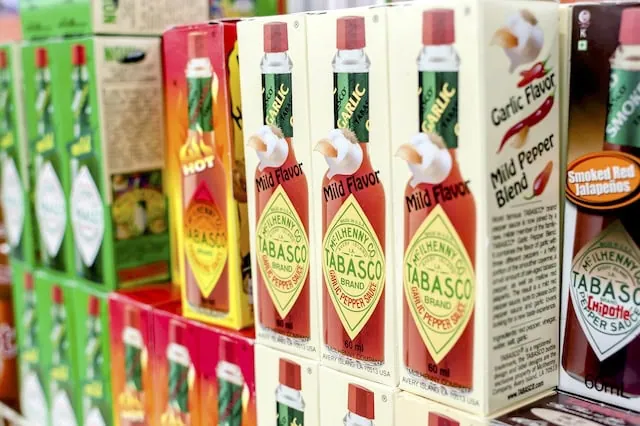
Condiments can be a complementary taste—or essential to enhancing the flavor of a dish. (I don’t know many people who eat completely plain French fries!) But some condiments could easily go bad before you can finish them off, and I don’t think you want to risk eating expired mayonnaise.
How long exactly do condiments last? After opening, and if stored in a refrigerator, the U.S. Department of Agriculture (USDA) provides these estimates for condiments’ usable lives:
— Ketchup: six months
— Chutney: one to two months
— Horseradish: three to four months
— Mustard: 12 months
— Olives: two weeks
— Mayonnaise and salad dressing: two months
If you are unlikely to finish a regular-size container of any of those condiments within the time frames listed, you probably should avoid buying them in bulk. And be honest with yourself: Once you open it, are you really going to tackle Costco’s 64-ounce jar of mayo within two weeks?
Related: 14 Items to Buy in Bulk + 7 You NEVER Should
8. Coffee
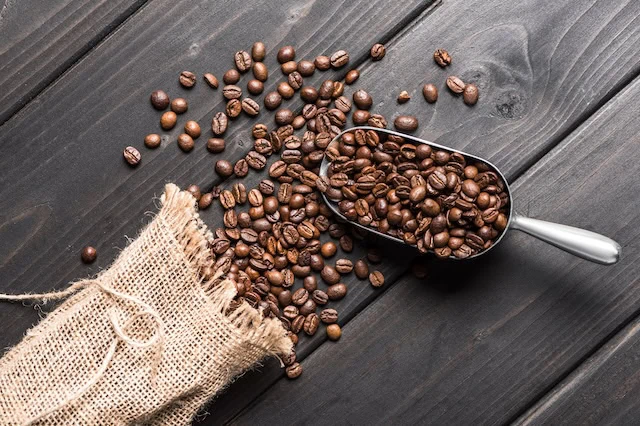
Full disclosure: I’m a bit of a coffee aficionado. I’ll openly admit that my coffee standards are a touch higher than the average coffee drinker.
But I’m definitely not alone in my assessment that Costco shouldn’t be your go-to coffee location.
For one, freshness comes into play yet again. Healthline states that opened ground coffee, stored in an airtight container, stays fresh for about one to two weeks. Whole beans (my choice) stay fresh for one to three weeks. It’s still safe to consume past these points, but your coffee might taste stale. Some people won’t notice the difference, but if you’re a coffee enthusiast, you might want to buy bags of coffee that are smaller than what Costco offers to ensure freshness.
Related: 20 Big-Ticket Items Worth Splurging On
9. Eye Makeup

Usually, the word “bulk” refers to many more than two units. But when it comes to eye makeup, even buying two units at a time (which is how Costco sells them) can be too many.
While some cosmetics products can be used for much longer, eyeliner and mascara have notoriously short shelf lives.
Vogue, which The New York Times once dubbed “high fashion’s bible,” says eyeliner and mascara both have a lifespan of only three to six months. It’s best to err on the side of caution with any products that are close to your eyes so you don’t get an infection.
If you’re the type of person who won’t go check the mail without a full face of makeup, you might be able to go through these products fast enough. But if you only do your makeup for the occasional date night, you’re better off buying eyeliner and mascara just one at a time.
Related: 11 of the Highest-Paying Blue-Collar Jobs
10. Anything You Don’t Have Room to Store
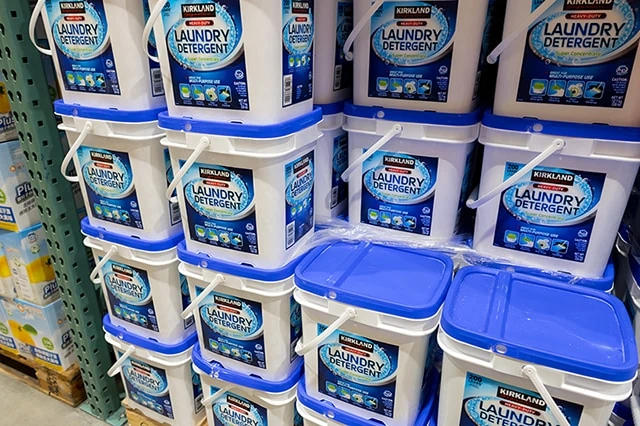
This is more of a general tip than focusing on a specific product or product category, but if you can’t store it, don’t buy it.
I understand. It can be tough to pass up a good deal, and Costco has a lot of them. But sometimes, you have to skip that sale on toilet paper because you simply don’t have any more space.
Bulk purchases can save you money, but what good is a box of 20 frozen personal pizzas if it’ll take up half the room in your freezer and make it difficult to access anything else? If you don’t have the space for 30 rolls of toilet paper in your cabinets, do you really want to just leave them piled up in your bathroom until you do?
Also worth mentioning is that just because something is an amazing deal, that doesn’t mean it’s budget-friendly. If you blow your monthly food allocation on just one or two bulk items, your palate will get extremely bored in the coming weeks, tempting you to spend even more to get a little diversity.
Related: 10 Examples of the High Cost of Being Poor
Featured Financial Products
Related: 12 Best Long-Term Stocks to Buy and Hold Forever

As even novice investors probably know, funds—whether they’re mutual funds or exchange-traded funds (ETFs)—are the simplest and easiest ways to invest in the stock market. But the best long-term stocks also offer many investors a way to stay “invested” intellectually—by following companies they believe in. They also provide investors with the potential for outperformance.
So if your’e looking for a starting point for your own portfolio, look no further. Check out our list of the best long-term stocks for buy-and-hold investors.
Related: Best Target-Date Funds: Vanguard vs. Schwab vs. Fidelity

Looking to simplify your retirement investing? Target-date funds are a great way to pick one fund that aligns with when you plan to retire and then contribute to it for life. These are some of the best funds to own for retirement if you don’t want to make any investment decisions on a regular basis.
We provide an overview of how these funds work, who they’re best for, and then compare the offerings of three leading fund providers: Vanguard, Schwab, and Fidelity.
Related: 9 Best Monthly Dividend Stocks for Frequent, Regular Income

The vast majority of American dividend stocks pay regular, reliable payouts—and they do so at a more frequent clip (quarterly) than dividend stocks in most other countries (typically every six months or year).
Still, if you’ve ever thought to yourself, “it’d sure be nice to collect these dividends more often,” you don’t have to look far. While they’re not terribly common, American exchanges boast dozens of monthly dividend stocks.
Please Don’t Forget to Like, Follow and Comment

Did you find this article helpful? We’d love to hear your thoughts! Leave a comment with the box on the left-hand side of the screen and share your thoughts.
Also, do you want to stay up-to-date on our latest content?
1. Follow us by clicking the [+ Follow] button above,
2. Subscribe to The Weekend Tea, our weekly newsletter to read more about investing, spending, taxes, and more, and
3. Give the article a Thumbs Up on the top-left side of the screen.
4. And lastly, if you think this information would benefit your friends and family, don’t hesitate to share it with them!




